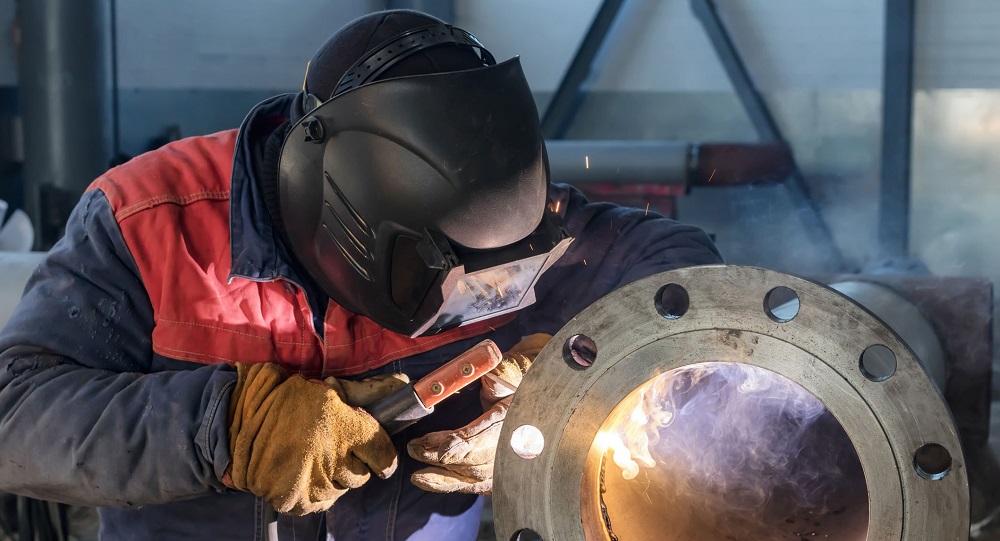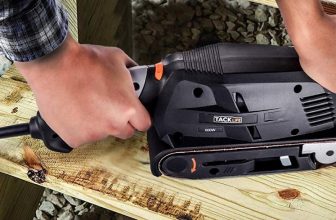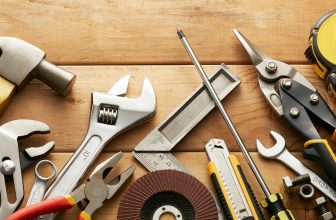MIG welding is one of the more powerful ways of joining two different pieces of metal. It can be used to weld everything from silicon bronze to stainless steel, and aluminum to nickel. It also allows the welder to more easily join two pieces of metal that might not be the same thickness. It’s a type of welding that harnesses some powerful forces to accomplish its task, and as a result, it’s not without its risks.
Whenever a welder takes on a MIG welding job, they have to make sure that a) they know what they’re doing, and b) they take the measures necessary to protect themselves against the heat, light, electricity, and gas that’s produced by when the best MIG welders are used. And in this guide, we’re going to attempt to cover some of the basics the MIG welder should consider before they begin work. Let’s get started and dig into some of the principles the MIG welder should keep in mind.
General Safety Steps:
Before we begin, we would like to state that this isn’t a comprehensive guide on the subject. It’s meant to serve merely as a reminder for welders as to the best working practices available. For a more comprehensive dive into the subject, the welder should be familiar with the instructions for their welder, as well as the MSDS for the materials that they’re welding. With that stated, below are some things for welders to consider before beginning the welding process.
- Keep a first-aid kit and fire extinguisher close-by at all times.
- Keep the work area well-organized and maintained.
- Inspect the MIG welder before use.
- Make sure the work area is well lit.
- Make sure the area is ventilated according to OSHA standards.
- When required by the MSDS, use a ventilator.
- Make sure all electrical cords are free of defects and in good condition.
- Wear protection against burns and heat.
- Wear protection against ultraviolet light.
- Wear suitable protective equipment.
- Keep flammable liquids and gases safely secured.
Electrical Equipment Safety
Now that we’ve covered all of the general safety tips for MIG welders, it’s time to turn our attention to something more specific and that’s the possibility of physical harm due to electricity. The welding gun produces enough electrical current that it can kill or severely damage an individual, so the proper precautions should be taken at all times—including, but not limited to the following:
- Never touch live electrical components.
- Unplug the welding gun when maintenance has to be performed on it.
- Never touch the metal parts of the electrode holder or electrode with wet hands or clothing.
- Make sure there’s insulation between the metal being welded and the ground.
Proper Ventilation Safety
Next up on our list of safety precautions for MIG welding is working in a properly ventilated location. Fumes and gases from the welding process can seriously harm the welder’s health and may even kill them if there aren’t proper safety procedures in place and the area isn’t properly ventilated.
- Make sure the area is properly ventilated at all times.
- Never weld material with an unknown substance on it.
- Never weld dirty metals.
- Remove paint and galvanized coatings before welding it.
- Be cautious welding cadmium, lead, copper, zinc, or beryllium.
Ensure A Safe Welding Environment
Another thing that the welder should keep in mind is if the environment is suitable for welding. When space is used for welding, it not only has to be properly ventilated but also be resistant to sparks and other hazards. Below are some tips for ensuring that your welding space is as safe as possible:
- The area should be well-lit.
- The area should be more than thoroughly ventilated.
- The floors should be concrete or cinder blocks.
- The walls should be flame retardant.
- The room should have adequate electrical power to run the equipment.
Wear Eye & Body Protection
It’s also important for the welder to protect themselves against the arc rays produced by the machine as well as protect their skin against splatter. Since electrical arcs produce both infrared and ultraviolet rays, it’s important to take the proper precautions to protect your eyes and skin.

Protective Equipment Required:
- Welding Mask
- Eye protection and safety glasses.
- Steel toe boots.
- Leather gloves.
- Protective clothing.
- Long sleeve dark shirt.
- Hair covering.
MIG Welder Operating Tips
Now that we’ve gone over some of the more generalized safety tips as far as welding is concerned, it’s important to go over some of the other things that the welder is going to want to keep in mind while welding. Although we’ve said it about a dozen times by this point of the article, we can’t emphasize enough how important it is to take the steps necessary to minimize the potential risk of welding. With that being said, below are some standard safety operating tips.
Pre-Operation Tips:
- Make sure the work area is clean and organized.
- Make sure the work area has proper ventilation.
- Remove flammable liquids from the work area.
- Inspect gas lines for potential leaks.
- Inspect welding equipment for possible problems.
- Remove loose clothing and/or jewelry.
- Tie and cover long hair.
- Wear proper safety equipment.
Operating MIG Equipment Tips:
- Make sure all unauthorized personnel are away from the work area.
- Make sure flash blind is properly set up to protect nearby people.
- Check and double-check all equipment settings.
- Make sure cables are located where they won’t be damaged by sparks.
- Keep nozzles free of all spatter.
- Do not clear nozzles by hitting the nozzle on a hard surface.
After Work Has Been Finished:
The following tips are for welders who have finished their work and are ready to call it a day.
- Make sure the machine is completely shut-off.
- Make sure the gas cylinder is firmly closed.
- Place the welding gun back in storage.
- Make sure all materials are properly stowed away.
If all of the above safety tips are followed, then the welder should have no problems before, during, or after any welding job. Anyone who is looking for more guidance than what’s presented here should check with their MIG welder’s instruction manual, workplace guidelines, and OSHA welding standards.





